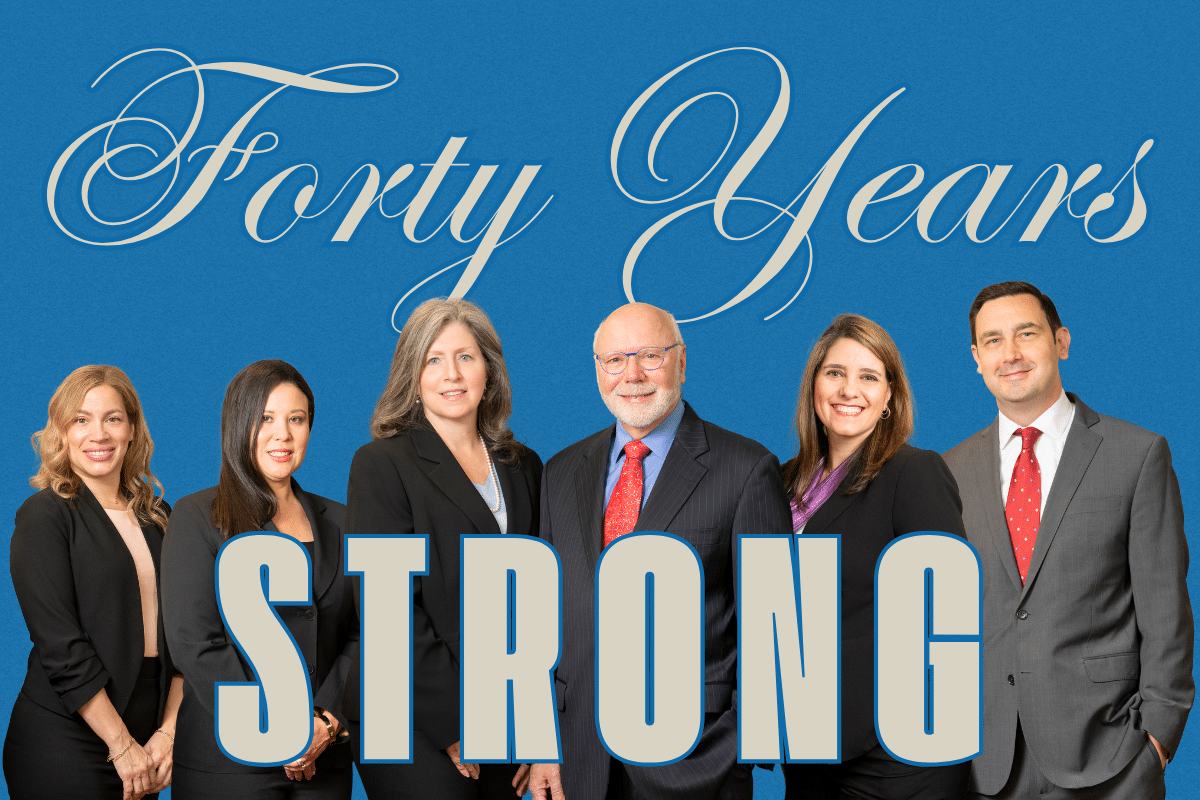Group homes are a common residential option for people with developmental disabilities who need help…

Many disabled individuals rely on public benefit programs for financial support that come with strict income and asset limits that can, paradoxically, keep them stuck in poverty. When ABLE accounts were introduced in 2014, they marked a significant step toward balancing the need for means-tested benefits with the ability to work, save, and plan for the future.
Over the next two years, new provisions in the One Big Beautiful Bill Act (OBBBA) and the ABLE Age Adjustment Act will build on that progress by expanding eligibility, increasing contribution opportunities, and strengthening saving incentives.
Rules and contribution limits may vary slightly by state, so it’s important to work with a professional familiar with your state’s ABLE account program.
Disability in America and ABLE Accounts
Roughly one in four American adults, or over 70 million people, live with a disability, according to the Centers for Disease Control and Prevention (CDC).
The most common type of disability reported is cognitive disability, which affects 14 percent of adults, followed by disabilities that impair mobility, independent living, hearing, vision, and self-care.
Not all these disabilities keep people from working, but some do. The labor force participation rate among disabled Americans has long lagged behind that of the non-disabled and currently stands at around 24 percent, compared with 68 percent of those without disabilities.
ABLE accounts, introduced through the Achieving a Better Life Experience (ABLE) Act, are specialized savings accounts intended to better align working incentives with working realities for eligible individuals across the disabled population.
Modeled loosely after 529 college savings accounts, ABLE accounts allow individuals to save up to $100,000 (or more, depending on the state) without affecting eligibility for SSI, Medicaid, and other means-tested programs. They offer:
- Tax-free growth on investments
- Tax-free withdrawals for qualified expenses
- Exemption from asset limits for SSI (up to $100,000) and Medicaid (no limit)
With new changes from the OBBBA and the ABLE Age Adjustment Act taking effect over the next few years, these accounts are poised to become even more powerful tools for independence and inclusion.
What’s New for ABLE Accounts in 2025 and Beyond
Amendments in the ABLE Age Adjustment Act and the OBBBA mark some of the most important disability legislation since the 2014 introduction of ABLE accounts and the 1990 passage of the ADA.
Starting in 2025, and over the next two years, legislative changes will make ABLE accounts more accessible — and more valuable — than ever before.
2025: ABLE Accounts Get a Boost From the OBBBA
Tucked inside the sprawling OBBBA are several key enhancements to ABLE accounts that took immediate effect when the bill was signed into law on July 4, 2025:
- The ABLE-to-Work provision, which under the Tax Cuts and Jobs Act of 2017 had been slated to expire at the end of 2025, is now permanent. This provision allows employed individuals with disabilities to contribute additional income to their ABLE accounts beyond the $19,000 annual limit (up to the federal poverty level or their earnings for the year, whichever is less) if they are not contributing to a defined contribution retirement plan.
- Tax-free rollovers from 529 college savings plans into ABLE accounts are now permanent as well, providing more flexibility if education plans are no longer needed.
- ABLE account contributions are now eligible for the Saver’s Credit, a tax credit that helps lower-income workers save for the future. This benefit applies immediately and becomes even more generous starting in 2027.
2026: Millions More Qualify for ABLE Accounts
Starting January 1, 2026, the ABLE Age Adjustment Act dramatically expands who is eligible to open an ABLE account.
- Previously, only individuals who acquired their disability before age 26 could qualify.
- Under the new law, the cutoff age increases to 46, opening the door for millions of additional people with disabilities to access ABLE accounts.
Expanded eligibility is a game-changer for adults who may have developed disabilities later in life — including those with mental health conditions, chronic illnesses, or injuries acquired in adulthood — and may have previously been excluded from ABLE account benefits. As 2026 approaches, and the law takes effect, it’s worth revisiting eligibility.
2027: A More Generous Saver’s Credit
In 2027, the Saver’s Credit gets an upgrade that can help contributors save more.
- The maximum contribution eligible for the credit increases to $2,100.
- The maximum credit amount increases to $1,050. ABLE savers can receive a tax credit up to this amount each year just for contributing to their account, an incentive designed to reward long-term saving and financial independence.
Even better, these 2027 changes stack on top of the ABLE-to-Work and 529 rollover provisions already in place.
Is It Time to Revisit Your ABLE Account Eligibility?
Whether you’ve explored ABLE accounts before or are just learning about them, in light of these recent changes, it might be time to review your options.
If you would like to speak with an experienced elder law attorney regarding your situation or have questions about something you have read, please do not hesitate to contact our office at 1 (800) 680-1717. We look forward to the opportunity to work with you.
Disclaimer: The information provided above is for general informational purposes only and is not legal advice.




Comments (0)